General Daimos: Robots, Explosions, Love, and Intrigue. Do I Remember It Right? - A Rerun from Polonia 1
 Daimos aired almost 30 years ago...
Daimos aired almost 30 years ago...
The Beginnings of the Anime Era in Poland
In the 90s, as Poland opened up to new cultures and influences, a phenomenon appeared on television screens that forever changed the perception of animation in our country. Several "cartoons from Polonia 1," among them, considered by many to be the best: "General Daimos" appeared in our young lives, leaving a lasting imprint. "Daimos" is a story that transported young Poles into a completely new, previously unseen world of Japanese animation. In those days, when cable television was still a rarity and the Internet did not exist in its current form, "General Daimos" became a window to another world, full of robots, drama, and incredible adventures.
 Memories
Memories
For many of us growing up at that time, "General Daimos" was more than just a television program. It was a symbol of childhood, first fascinations, and unbridled imagination. I remember watching each episode with bated breath, forgetting about the whole world. Those moments, when Kazuya and his mighty robot Daimos fought for... perhaps justice, I'm not sure - were a real source of inspiration for us, young viewers. Japanese animation stood out with something that was lacking in typical Western cartoons - emotional depth, a complex plot, and characters that truly evolved. The latter is probably the most striking - dynamic anime characters versus static, always thinking, and acting the same characters in Polish and Western cartoons.
 Influence on the Polish Anime Scene
Influence on the Polish Anime Scene
The impact of "General Daimos" on shaping the anime scene in Poland was enormous. This series opened the door for other Japanese productions and eventually contributed to the development of an anime fan subculture. It was one of the first series to show that animation could be more than just entertainment for children. For many of us, "General Daimos" was the beginning of a journey that continues to this day - a journey into the fascinating world of anime.
The Story of "General Daimos": Robot Romance Trilogy
Creation and Place in the Trilogy
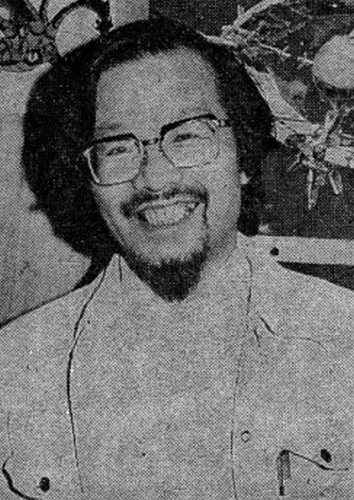
Plot and Characteristics
The central character of the series is Kazuya Ryūzaki, the pilot of the titular robot Daimos, who fights against the military invasion from the planet Baam. An extremely important aspect of the series is the complicated romance between Kazuya and Princess Erika from Baam, which was a bold move in the anime world of that time. The story of "General Daimos" focuses on intercultural conflict, war, and the pursuit of peace, which was a brave departure from the typical mecha themes of those times, where simple schemes of good versus evil dominated.
Technical Innovations and Fighting Style
"General Daimos" also brought technological innovations. The robot Daimos was one of the first to have the ability to transform, changing into a truck. This innovation was pioneering for later series about transforming robots. Moreover, the fighting style in "Daimos" was unique - Kazuya, through his connection with the robot, could use martial arts techniques, which distinguished the series from others where robots relied mainly on firearms and missiles.
What Does the Title Mean?
The Japanese title of "General Daimos" is "Tōshō Daimos" (闘将ダイモス). The word "Tōshō" (闘将) literally means "fighting general" or "warrior leader," reflecting the combative nature of the robot's main task and its pilot, Kazuya. The second part of the title, "Daimos," is a phonetic transcription of the word "Deimos" (デイモス), which comes from Greek and means "fear" or "terror." This is a reference to Greek mythology, where Deimos was the personification of fear and terror, further emphasizing the robot's power and impact on its opponents.
The choice of this title is not accidental. It combines elements of Japanese military culture with Western influences, creating a unique blend that reflects the global and intercultural character of the series. "Tōshō Daimos" suggests not only the power and combative capabilities of the robot but also its role as a defender and leader in the fight against threats. This is symbolic, considering that the series explores themes of conflict, love, and understanding between different cultures. Thus, the title "General Daimos" becomes not just the name of the series but also a reflection of its deeper themes and values.
 Technological Innovations in "General Daimos"
Technological Innovations in "General Daimos"
"General Daimos" set new standards in the world of mecha anime by introducing innovative technological solutions that were pioneering for later series. One of the most distinctive aspects of the series is the main robot's ability to transform. Daimos, piloted by Kazuya Ryūzaki, not only showcases impressive strength and agility in combat but can also transform into a truck. This ability to transform, especially in the context of the 70s, was revolutionary and ahead of its time, heralding an era of popularity for transforming robots that became a hallmark of many later anime series and toys.
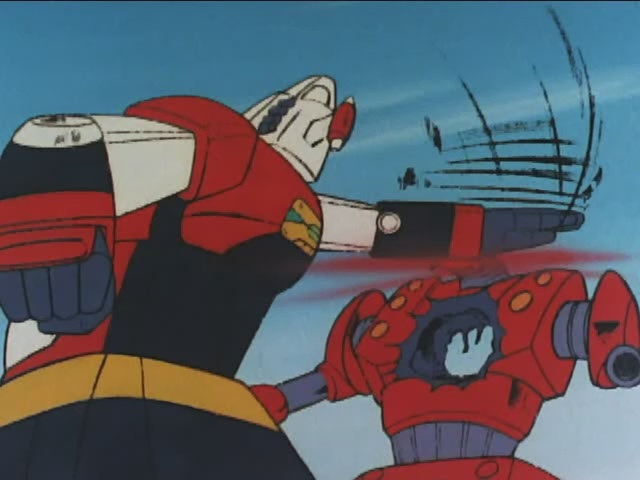
The Plot of "Daimoss"
Description of the Story
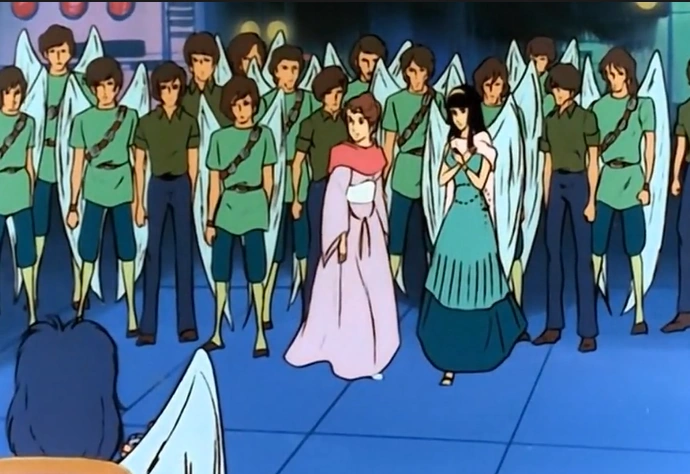
 War and Conflict
War and Conflict
The conflict in "General Daimos" is not presented one-sidedly. The series portrays war as a tragic event that affects all sides of the conflict. On one hand, we have the people of Baam, desperately searching for a new home, and on the other - the inhabitants of Earth, who fear the invasion and want to defend their world. The series fully explores the complex emotions and motivations of both sides, showing that in war, there are no unambiguous heroes and villains. Throughout the series, numerous battle scenes and skirmishes are not only spectacular but also full of emotional tension, emphasizing the tragic aspect of the conflict.
 Love and Understanding
Love and Understanding
The romance between Kazuya and Erica adds depth to the series, going beyond typical mecha genre motifs. Their relationship, though full of tensions and misunderstandings, represents a symbol of hope for peaceful coexistence and understanding between the two conflicted civilizations. This love is tested by numerous challenges, including the discovery of Erica's true identity and conflicts arising from loyalty to their nations. This thread provides viewers with insight into the possibility of overcoming prejudice and hatred, even in the face of enormous adversities.
 Intrigue and Betrayal
Intrigue and Betrayal
"General Daimos" also explores themes of betrayal and manipulation, which are key to the development of the conflict. In the series, there are characters from both sides who, due to their own interests or beliefs, try to manipulate the situation, leading to further misunderstandings and escalation of the conflict. Betrayal within one's own ranks, both on Earth and among the people of Baam, highlights the complexity of the situation and shows that the real enemy often hides within, not just on the other side of the barricade. These themes add psychological and moral layers to the series, making it more than just a story about robots and war.
"General Daimos" in Poland: A Breakthrough in the 90s
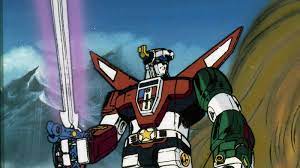
In times when access to foreign productions was limited and the VHS market was just starting to develop, the appearance of Japanese anime on Polish television was something new and exciting. "General Daimos" debuted at a time when Polish youth began to discover the world of pop culture beyond the country's borders, which quickly made the series popular. Its broadcast in Poland coincided with the period of political transformation and opening up to Western culture, further intensifying interest in everything that was "different" and "new."
 Nostalgia and Cult Status
Nostalgia and Cult Status
For many Poles who were school-aged or teenagers at the time, "General Daimos" became almost a cult phenomenon. Discussions about the latest episode took place in schools and playgrounds, and the characters from the series became part of children's imagination. The nostalgia associated with "General Daimos" is strong because, for many, it was their first contact with anime and Japanese culture. This series introduced the concept of mecha and complex plots to Polish pop culture, paving the way for subsequent Japanese productions that later gained popularity in Poland.
Daimos Over the Years: References and Adaptations
Inspirations in Anime and Movies
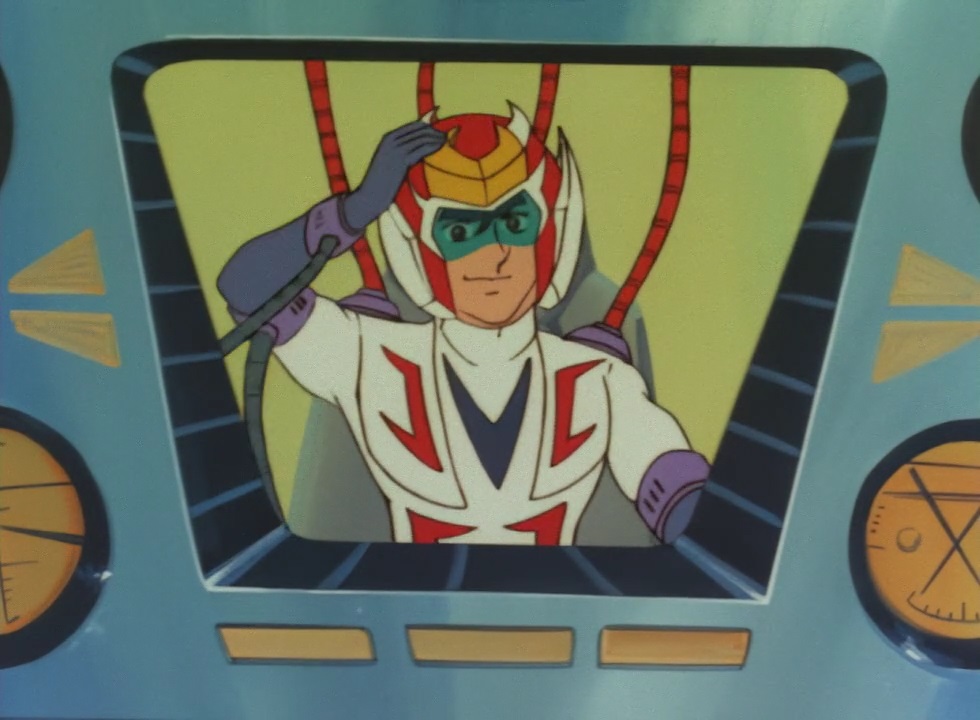
 Manga and Literature
Manga and Literature
Although "General Daimos" initially began as an anime series, it was later adapted into manga form. This manga, though less known than the series, contributed to the further popularization of the story and characters. As for literature, no specific books directly based on "Daimos" were noted, but the themes and elements of the series inspired creators of science fiction literature, especially in Japan.
Computer Games and Toys
"General Daimos" also found its place in the computer game industry. Although no game dedicated exclusively to this series was created, Daimos appeared as a character in games from the "Super Robot Wars" series - popular tactical RPGs that combined different robots from various anime series. These games were available on various consoles, including PlayStation and Nintendo. As for toys, "General Daimos" became a cult collector's item. Figures and models of the Daimos robot were particularly popular, becoming prized items among fans of the series and collectors of mecha toys.
 Summary - The Mark of "General Daimos" in Poland
Summary - The Mark of "General Daimos" in Poland
Although "General Daimos" may not be the most well-known anime in the global history of animation, its impact on the Polish cultural scene of the 90s is undeniable. For many Poles, this series became a gateway to the world of Japanese animation, offering not only entertainment but also a new perspective on storytelling. Its unique combination of mecha, drama, and romance interested young viewers, broadening their understanding and appetite for a diversity of genres and narrative styles. "General Daimos" holds a special place in the hearts of many fans as a symbol of a certain period in Polish history and as a milestone that contributed to the rise in popularity of anime in the country. Its legacy, though subtle, is still felt in the anime enthusiast community and constitutes an important element of Polish pop culture history.
"Strong Japanese Women"
see book by the author
of the page
未開 ソビエライ
An enthusiast of Asian culture with a deep appreciation for the diverse philosophies of the world. By education, a psychologist and philologist specializing in Korean studies. At heart, a programmer (primarily for Android) and a passionate technology enthusiast, as well as a practitioner of Zen and mono no aware. In moments of tranquility, adheres to a disciplined lifestyle, firmly believing that perseverance, continuous personal growth, and dedication to one's passions are the wisest paths in life. Author of the book "Strong Women of Japan" (>>see more)
Personal motto:
"The most powerful force in the universe is compound interest." - Albert Einstein (probably)
Mike Soray
(aka Michał Sobieraj)
未開 ソビエライ
An enthusiast of Asian culture with a deep appreciation for the diverse philosophies of the world. By education, a psychologist and philologist specializing in Korean studies. At heart, a programmer (primarily for Android) and a passionate technology enthusiast, as well as a practitioner of Zen and mono no aware. In moments of tranquility, adheres to a disciplined lifestyle, firmly believing that perseverance, continuous personal growth, and dedication to one's passions are the wisest paths in life. Author of the book "Strong Women of Japan" (>>see more)
Personal motto:
"The most powerful force in the universe is compound interest." - Albert Einstein (probably)
Mike Soray
(aka Michał Sobieraj)
Write us...
Ciechanów, Polska
dr.imyon@gmail.com
___________________
inari.smart
Would you like to share your thoughts or feedback about our website or app? Leave us a message, and we’ll get back to you quickly. We value your perspective!
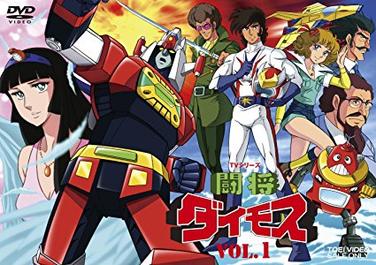 Daimos aired almost 30 years ago...
Daimos aired almost 30 years ago...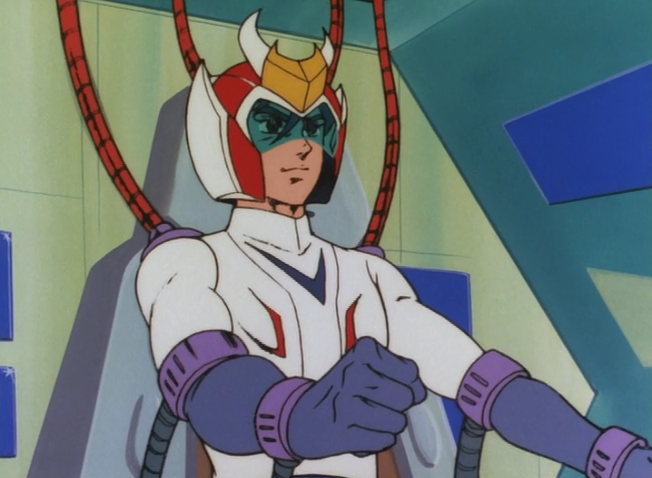 Memories
Memories 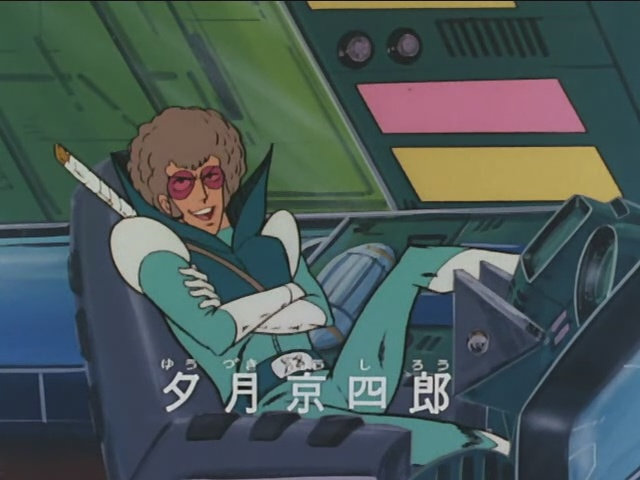 Influence on the Polish Anime Scene
Influence on the Polish Anime Scene 

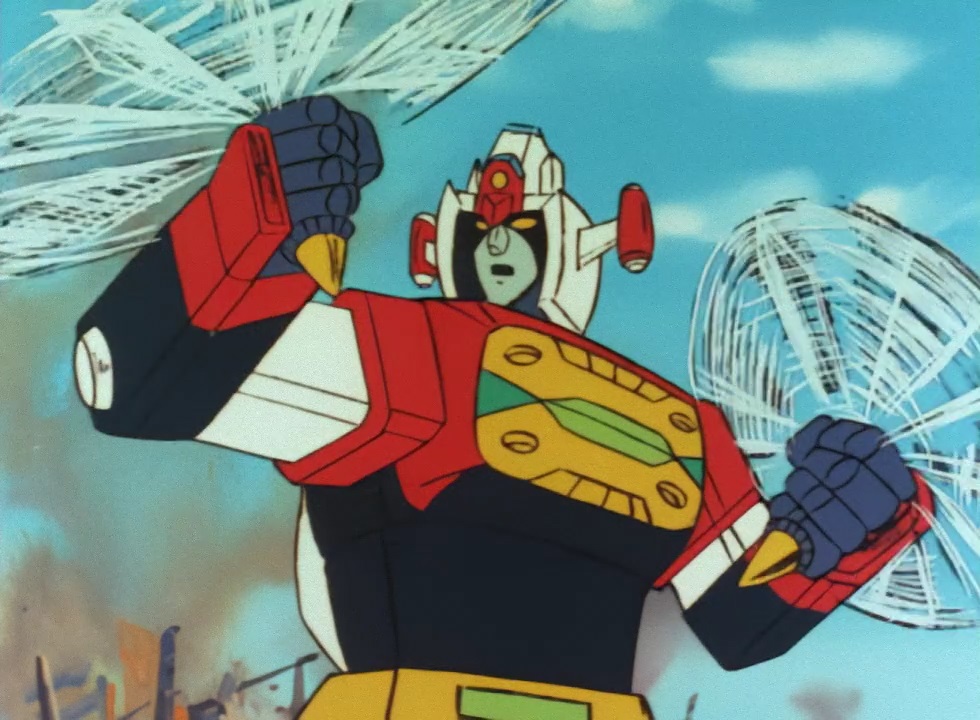 Technological Innovations in "General Daimos"
Technological Innovations in "General Daimos"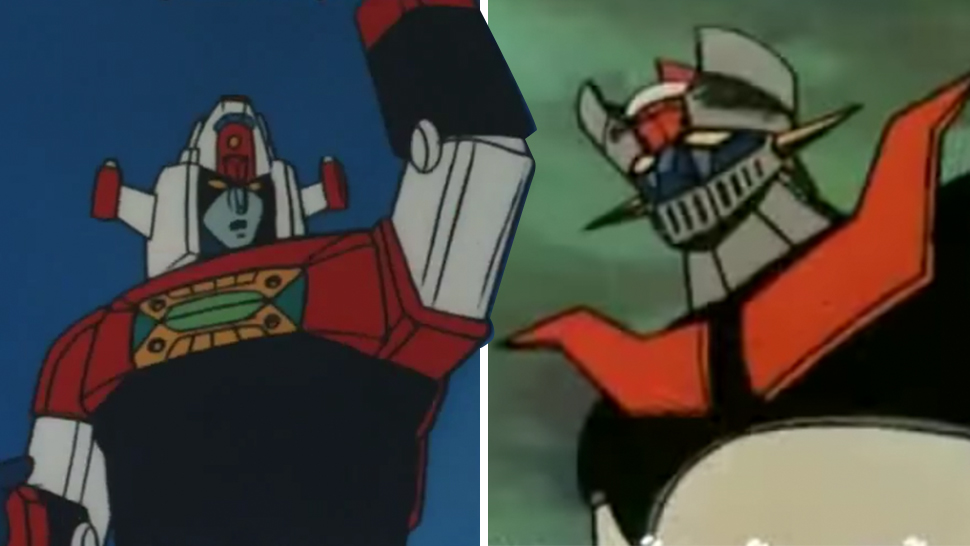 War and Conflict
War and Conflict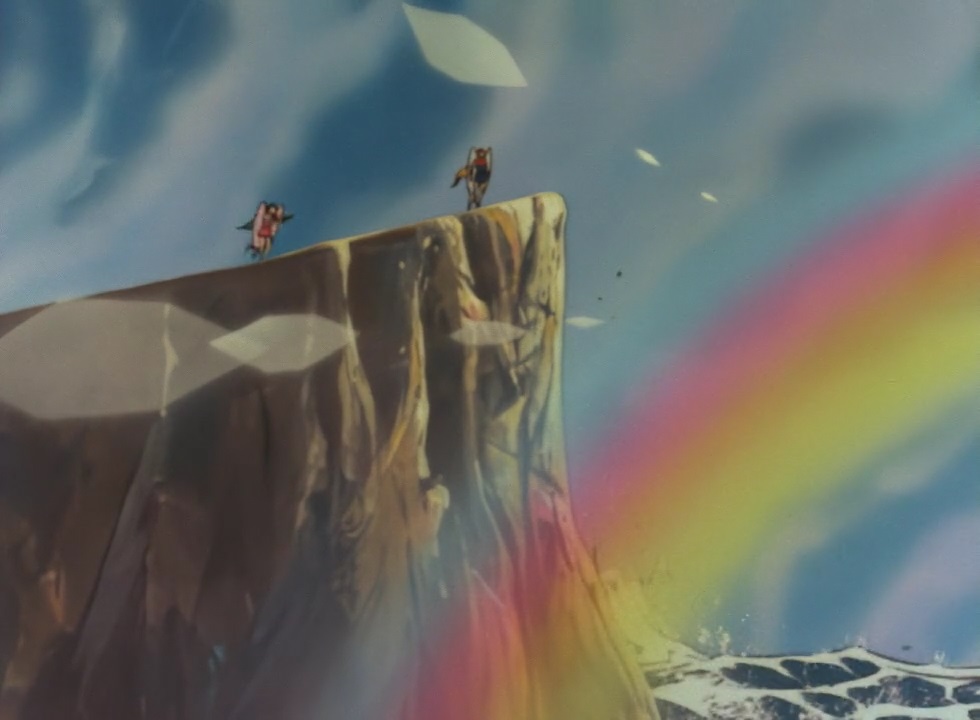 Love and Understanding
Love and Understanding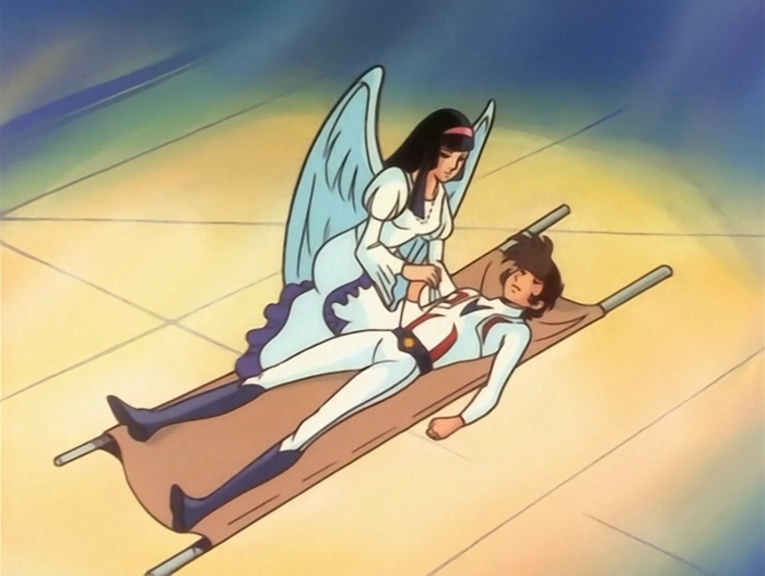 Intrigue and Betrayal
Intrigue and Betrayal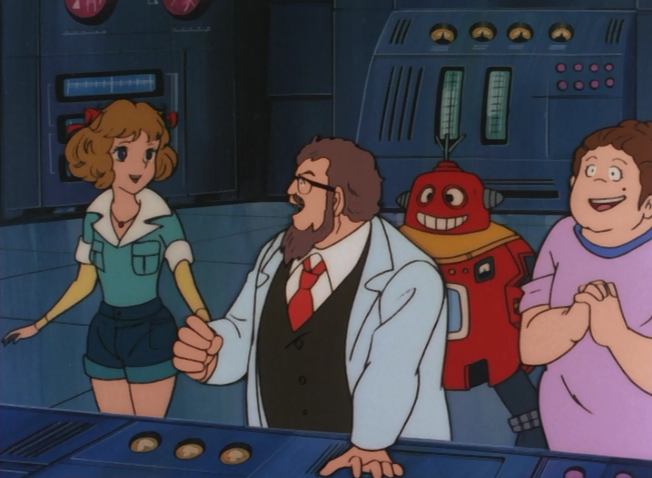 Nostalgia and Cult Status
Nostalgia and Cult Status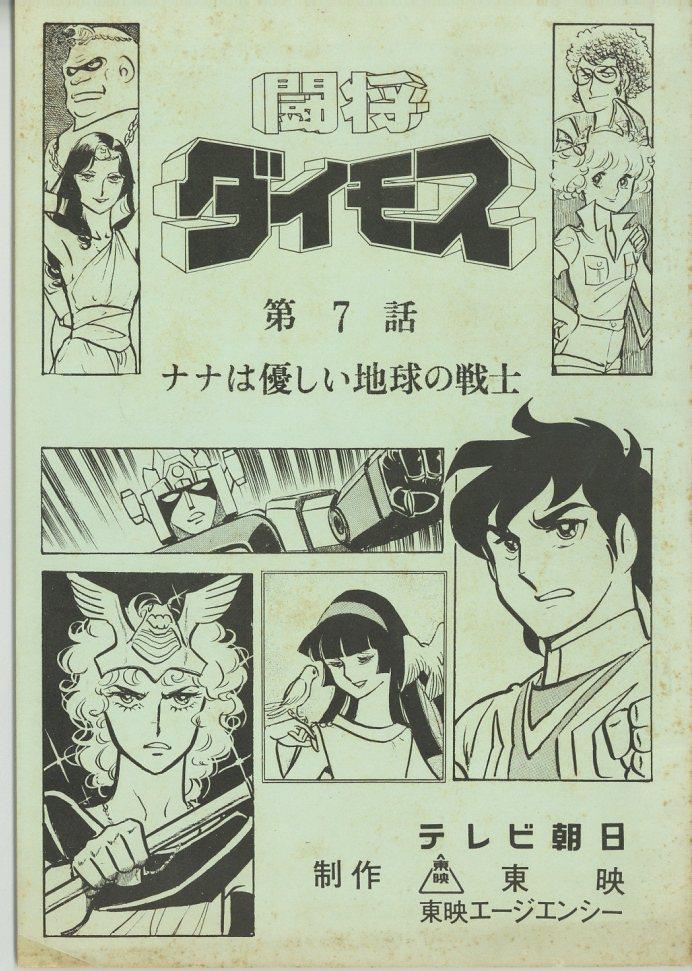 Manga and Literature
Manga and Literature
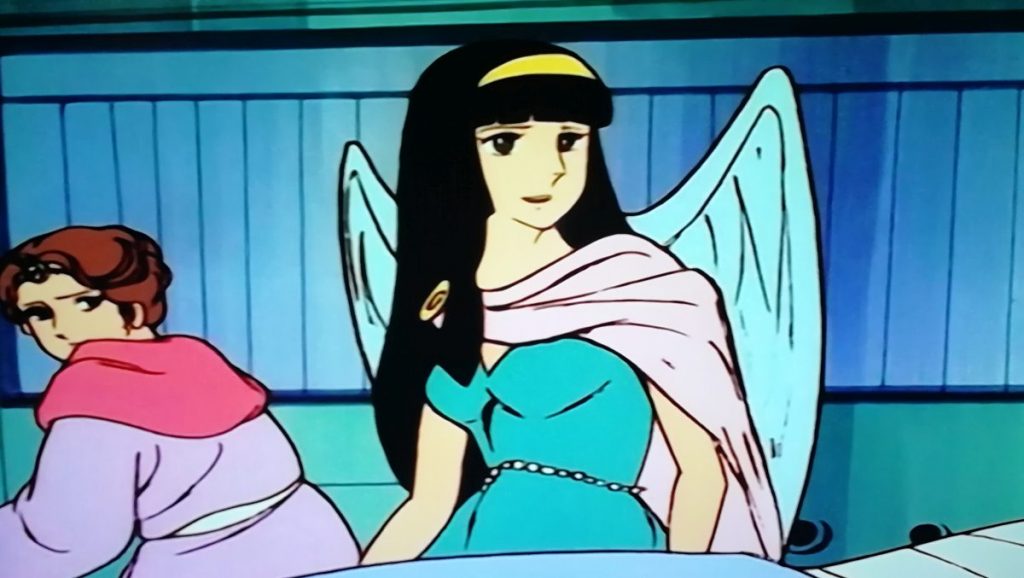 Summary - The Mark of "General Daimos" in Poland
Summary - The Mark of "General Daimos" in Poland

